Circuit Description
The VGT is electronically activated by the VGT actuator. The VGT actuator is a smart device that receives information via the J1939 data link from the primary engine control module (ECM). The VGT actuator performs its own diagnostics and reports errors back to the primary ECM with the J1939 data link.
Component Location
The VGT actuator is located on the turbocharger bearing housing.
Conditions for Running the Diagnostics
This diagnostic must meet specific engine and aftertreatment conditions to run and complete.
Conditions for Setting the Fault Codes
This fault code will set when the actual VGT actuator position can not meet the commanded position for more than 10 seconds.
Action Taken When the Fault Code is Active
The ECM illuminates the amber CHECK ENGINE lamp and/or the malfunction indicator lamp (MIL) immediately when the diagnostic runs and fails for two consecutive trips.
The VGT actuator will continue to attempt to meet commanded position, even when the CHECK ENGINE lamp is on.
Active and stationary regeneration of the diesel particulate filter will be disabled.
The exhaust gas recirculation (EGR) valve will be closed.
Engine torque will be reduced if the engine is operated for an extended period of time with this fault code active.
Conditions for Clearing the Fault Code
To validate the repair, perform a key cycle and leave the key in the ON position for 1 minute. Make sure the engine coolant temperature is above 60?C [ 140?F]. Operate the engine if necessary.
To validate the repair using a Diagnostic Road Test, utilize a route that incorporates both stop-and-go city driving and steady-state highway driving. It may be necessary to load the unit for certain diagnostics in the ECM to run.
To validate the repair using a Chassis Dynamometer Test, utilize a routine that incorporates acceleration and motoring events, steady-state highway operation, and load. This will simulate normal driving and allow the diagnostics in the ECM to run.
The fault code status displayed by INSITE? electronic service tool will change to INACTIVE immediately after the diagnostic runs and passes. If the fault code does not go inactive after key ON, it may be necessary to drive the vehicle for at least 5 continuous minutes.
The ECM will turn off the amber CHECK ENGINE lamp after the diagnostic runs and passes.
For On-Board Diagnostics (OBD) engines, the ECM will turn off the MIL after three consecutive trips where the diagnostic runs and passes.
The ?Reset All Faults? command in INSITE? electronic service tool can be used to clear active and inactive faults, as well as extinguish the MIL for OBD applications.
Shop Talk
Large boost pressure leaks can also cause this fault code.
The aftertreatment system must be inspected for potential damage after making the appropriate repair outlined in the fault code troubleshooting tree. Progressive damage to the aftertreatment system can possibly have occurred.
Inspect the turbocharger vanes for residue, and clean the vanes, if required. Find the source of the residue and repair.
Possible Cause:
1) Turbocharger assembly failure
2) ECM calibration


 AGCO
AGCO ALLISON
ALLISON BENDIX
BENDIX BOBCAT
BOBCAT CAT
CAT CLAAS
CLAAS CNH
CNH DAF
DAF DETROIT
DETROIT EATON
EATON FREIGHTLINER
FREIGHTLINER HINO
HINO HITACHI
HITACHI ISUZU
ISUZU JCB
JCB JOHN DEERE
JOHN DEERE JPRO
JPRO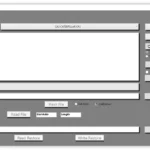 MAGIC TUNER
MAGIC TUNER MAN
MAN Navistar
Navistar PACCAR
PACCAR PERKINS
PERKINS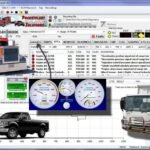 PF DIAGNOSE
PF DIAGNOSE PSI POWERLINK
PSI POWERLINK RENAULT
RENAULT SCANIA
SCANIA THERMO KING
THERMO KING UD NISSAN
UD NISSAN VOLVO
VOLVO WABCO
WABCO ZF TESTMAN
ZF TESTMAN
 BELL
BELL BENDIX
BENDIX BOBCAT
BOBCAT CARRIE
CARRIE DAF
DAF DETROIT
DETROIT EATON
EATON FUSO
FUSO MACK
MACK
 Cumminz
Cumminz ISB4.5 CM2150
ISB4.5 CM2150 All Engines (2017 Emissions)
All Engines (2017 Emissions) PACCAR
PACCAR

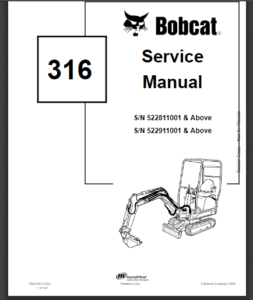
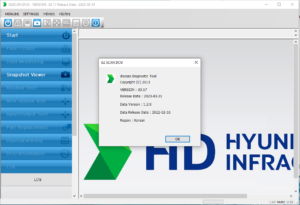


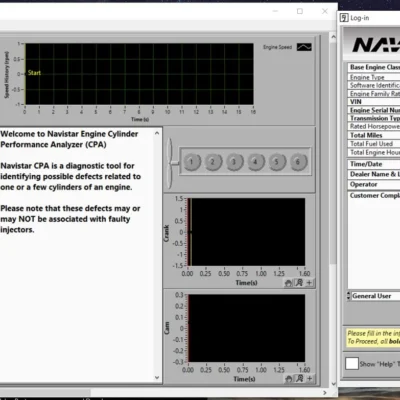
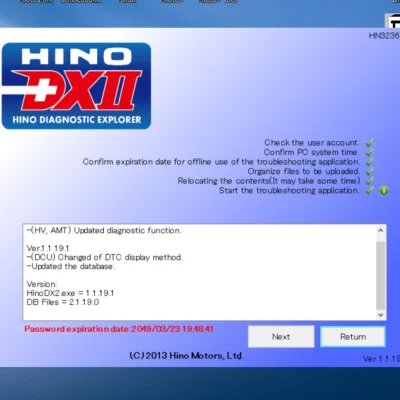

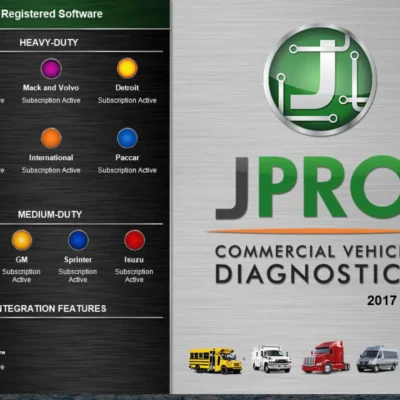

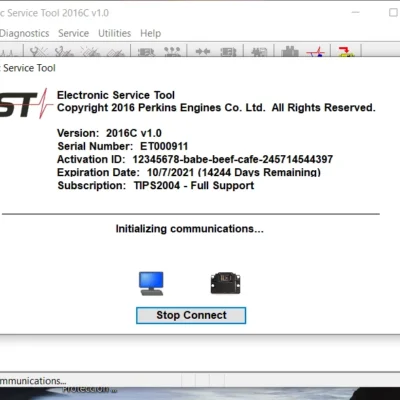



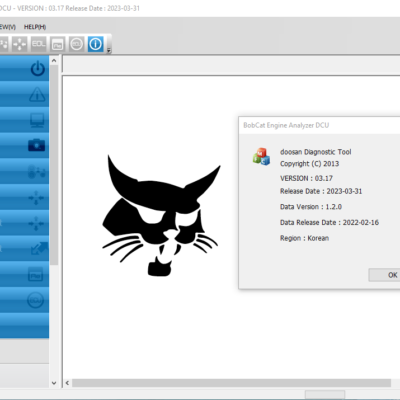

Reviews
Clear filtersThere are no reviews yet.